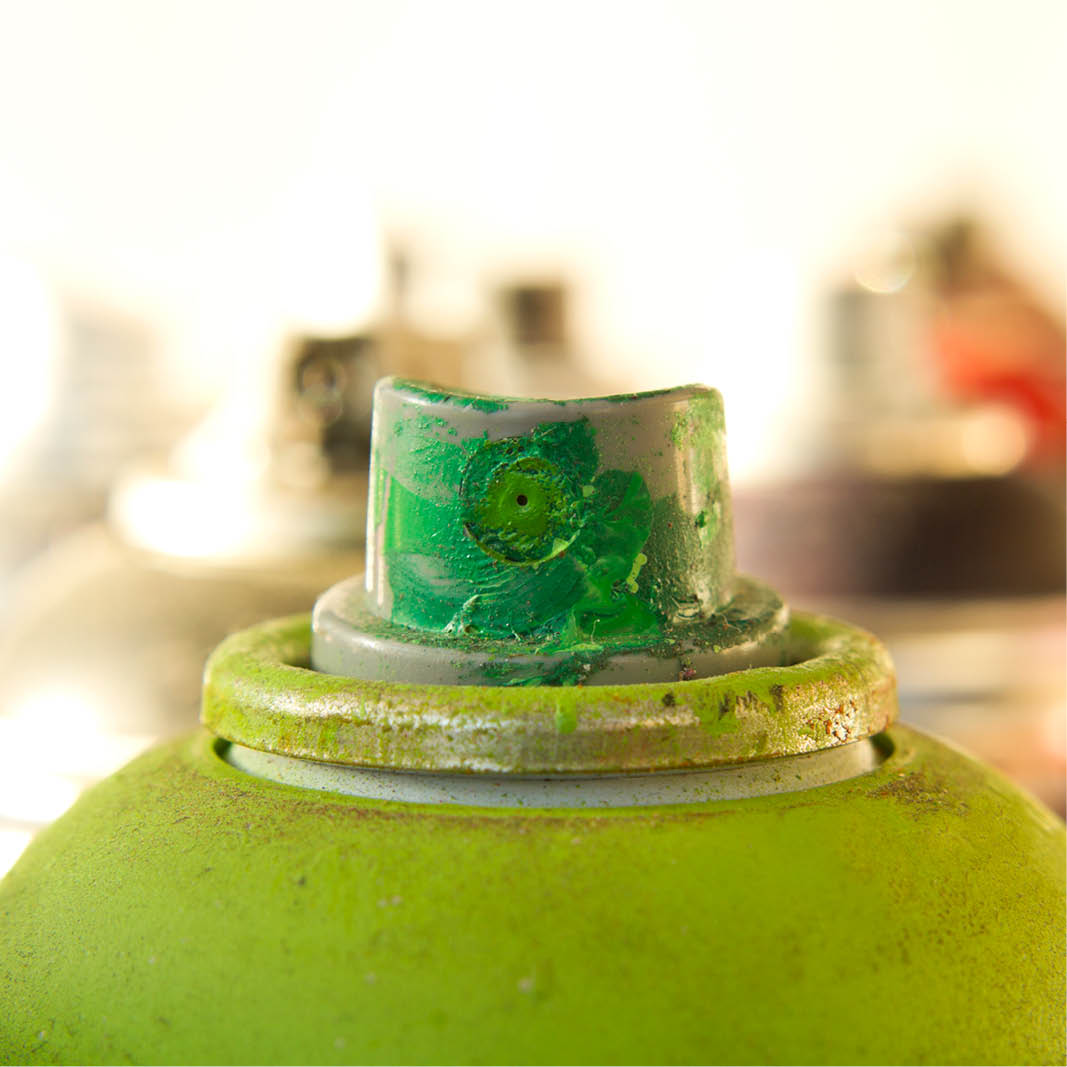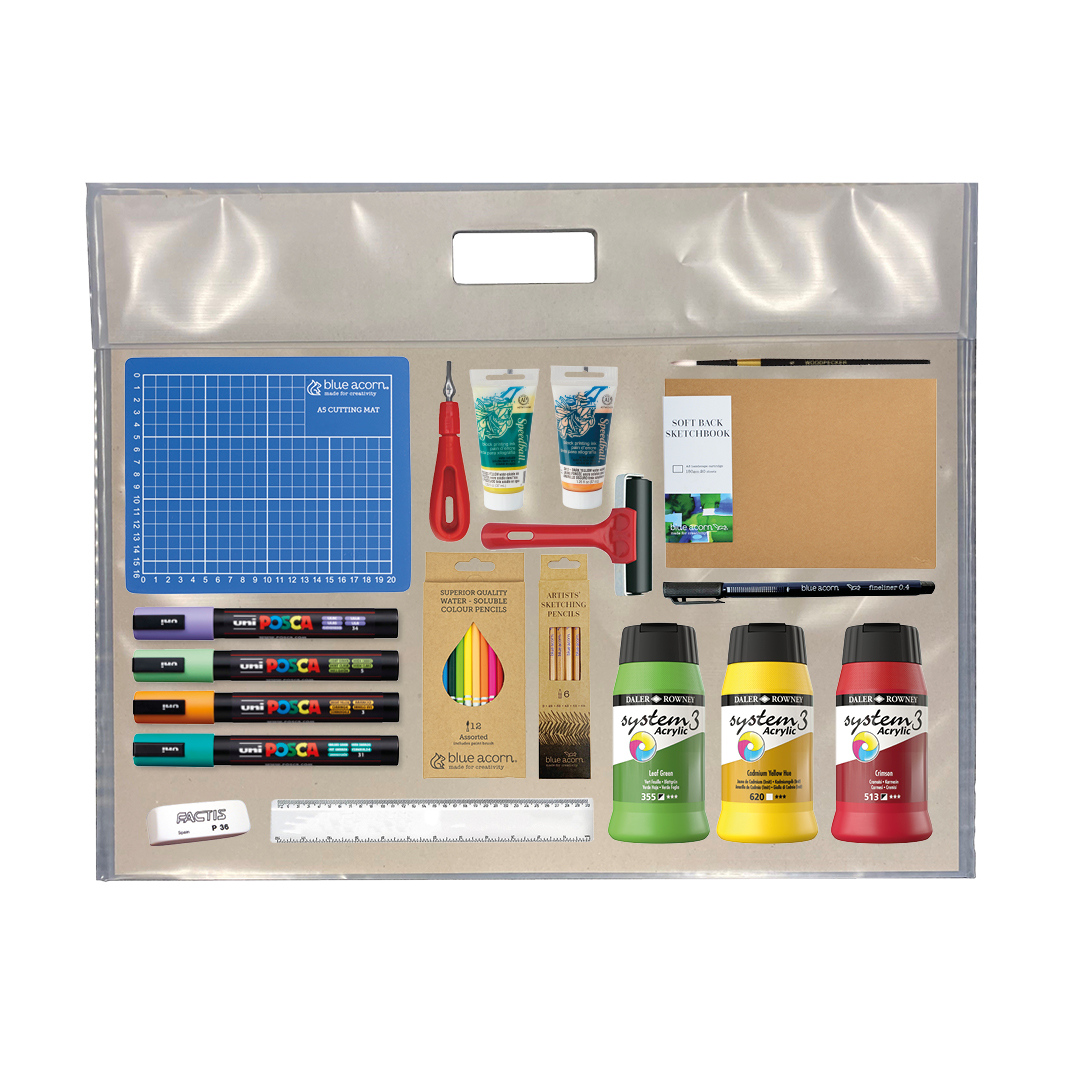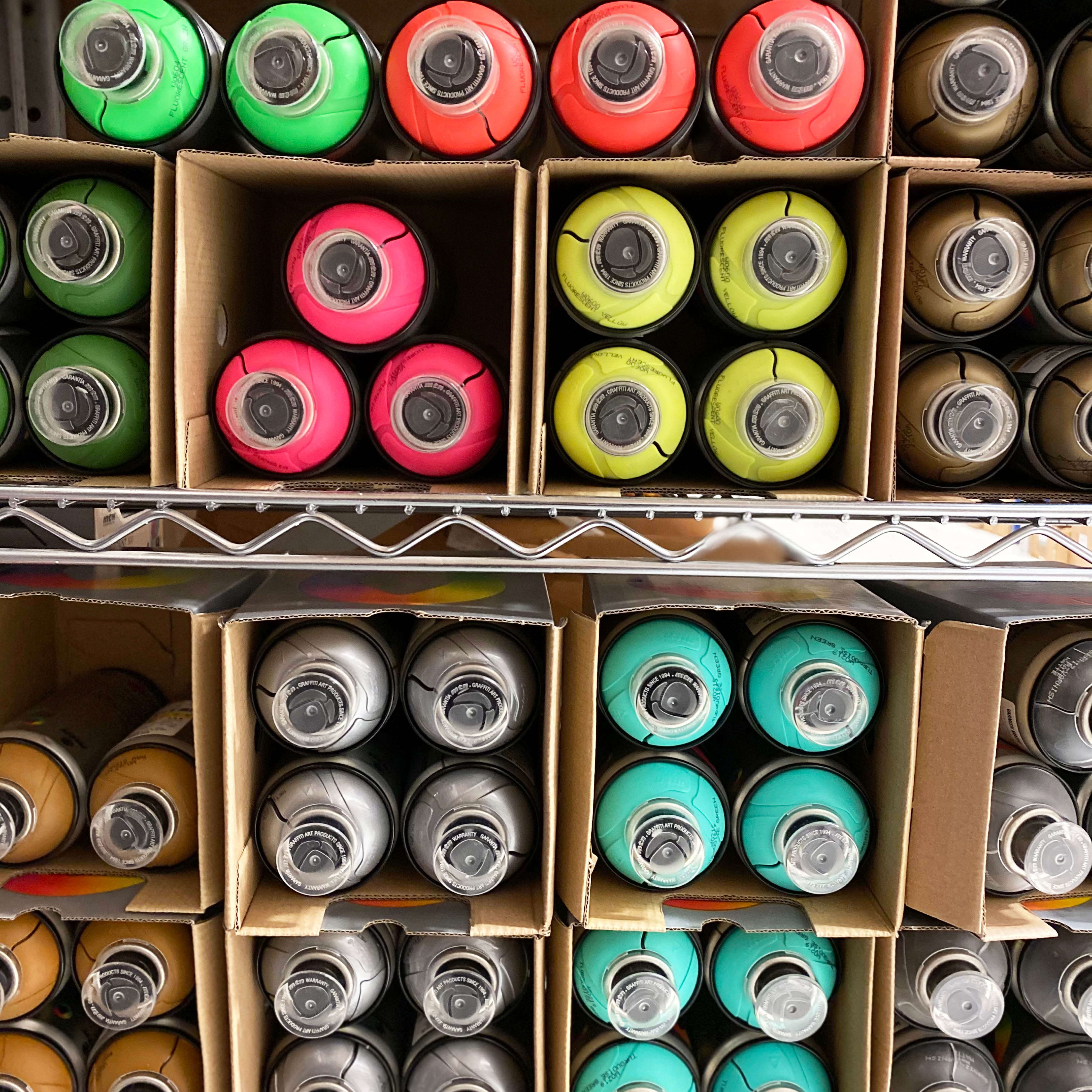Preventing Spray Paint Can from Clogging

Essential Tips and Techniques for a Smooth Painting Experience
Introduction:
Dealing with clogs in spray paint cans can be frustrating. Follow these essential tips to prevent clogging and ensure a seamless painting experience. Learn how to shake the can, clean the nozzle, clear clogs, master spraying techniques, maintain the proper can position, store cans correctly, and consider water-based spray paint for fewer clogs and environmental advantages.
Main Points:
Thoroughly Shake the Can: Prevent clogs by vigorously shaking the spray paint can. This step ensures proper paint mixing and prevents settling.
Clean the Nozzle: Regularly clean the nozzle after each use to remove excess paint and prevent clogging. Use a clean cloth or paper towel for this purpose.
Clearing the Clogged Nozzle: If you encounter an uneven spray pattern or inconsistent paint flow, remove the nozzle and use a recommended solvent to clear the clog. Brush the nozzle openings with a small brush, rinse with clean water, and reattach for optimal performance.
Optimal Spraying Technique: Master the art of spraying in short bursts instead of continuous spraying. This technique promotes smoother paint flow and significantly reduces the risk of clogging. For larger areas, use multiple passes with short bursts.
Holding the Can Upright: Maintain an upright position while using the spray paint can to avoid spluttering and nozzle clogging. Extreme angles or tilting can disrupt paint flow. Keeping the can upright ensures better paint flow and minimizes clogs.
Proper Storage: Store spray paint cans properly to prevent clogging. After each use, clean and dry the nozzle. Tighten the cap securely to prevent air and moisture from entering, which can lead to clogs. Store cans in a cool, dry place away from extreme temperatures.




Bonus Tip: Consider Water-Based Spray Paint: Water-based spray paint offers fewer clogging issues due to its lower pressure formulation. It also provides environmental benefits as it is water soluble and contains lower levels of volatile organic compounds (VOCs). Water-based spray paint is odorless and ideal for use in classrooms with limited ventilation.
Conclusion:
Follow these essential tips and techniques to prevent clogging in spray paint cans. By implementing these strategies and considering water-based spray paint, you'll enjoy a smoother painting process, excellent results, and a hassle-free experience. Keep your spray paint cans clog-free and optimise your painting projects.



